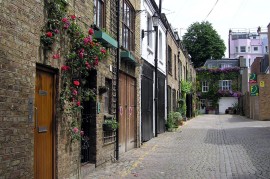Bulldozers and excavators moved on to campus the Monday after Commencement, and the East End Transformation officially began. It’s the biggest construction project in the history of WashU and you can track the progress online from three high def cameras positioned at the top of Brookings, Hillman and Green Halls. Each camera automatically creates a time-lapse video from images captured between 10 am and 2 pm each day.
If you are interested in images from a specific day or time, each camera’s calendar feature allows you to select a specific image to view. And by using the sharing icon, you can download and email pictures, as well as share them on Facebook.
Check out the views by visiting campusnext.wustl.edu/webcams.
This transforming project includes eight major components — three new academic buildings, an expansion of the Mildred Lane Kemper Art Museum, two new multi-use facilities, an underground parking garage and the expansive new Ann and Andrew Tisch Park.
- Ann and Andrew Tisch Park
- Anabeth and John Weil Hall
- Henry A. and Elvira H. Jubel Hall
- James M. McKelvey, Sr. Hall
- Gary M. Sumers Welcome Center
- Mildred Lane Kemper Art Museum Expansion
- Craig and Nancy Schnuck Pavilion
- Underground Garage
Follow the East End Transformation on Twitter @WashUcampusnext



